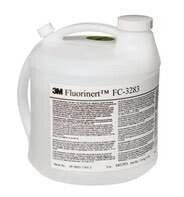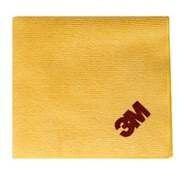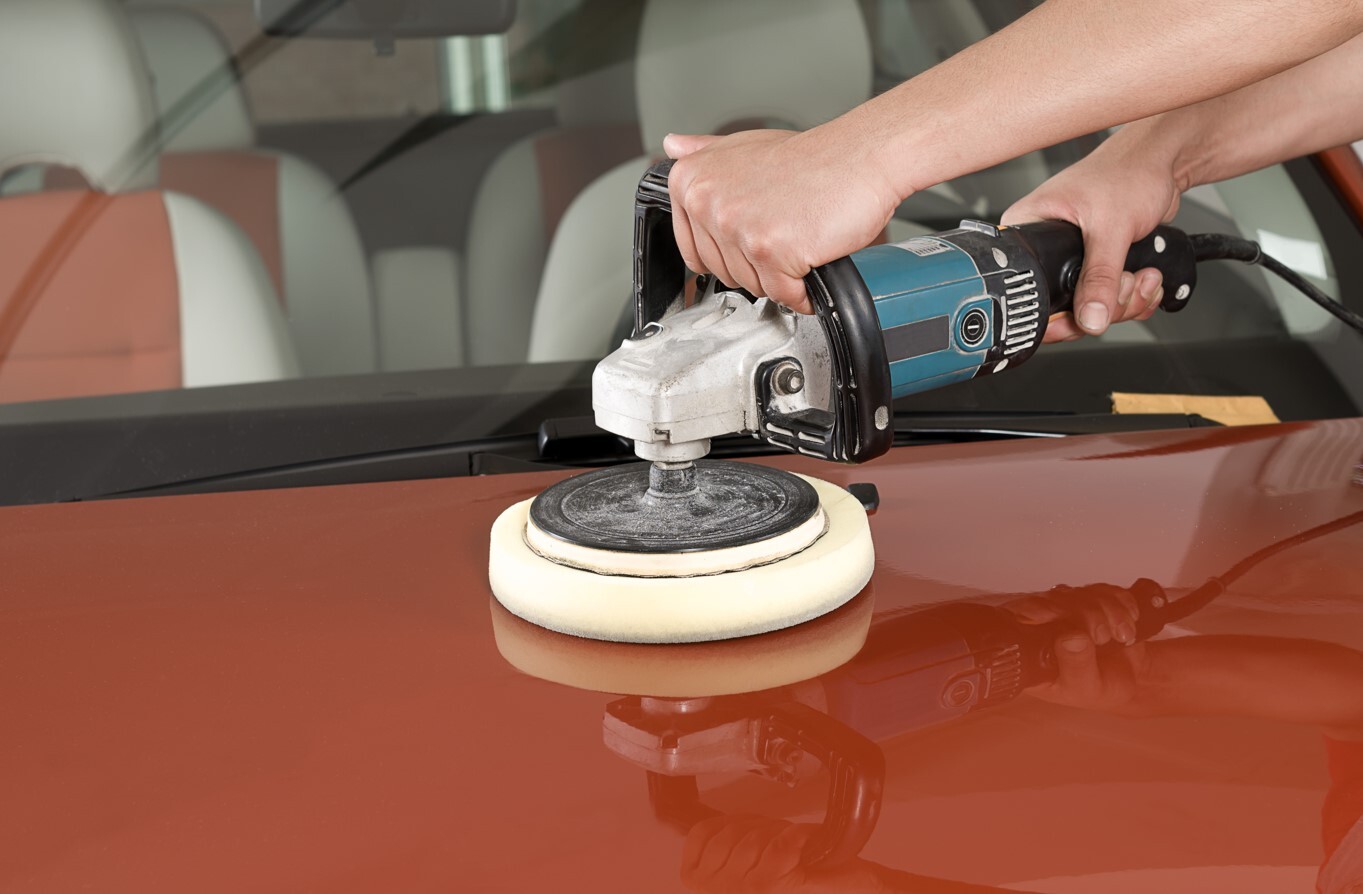Using a polisher: the secret to a perfect finish


Polishing is an art that brings materials to life, restoring them to their original shine and brilliance. But how do you achieve this transformation? The answer is simple: understand the importance of polishing and master the art of using a polisher, the polisher. Let's find out how the process works!
The importance of polishing
Polishing isn't just about removing surface scratches, it's about the long-term preservation of our objects, protecting them from environmental damage. The use of a polisher is key to this process, as this tool allows you to remove the top layers accurately and efficiently, restoring the original shine and texture.
When using a polisher, it is important to remember that several factors must be considered to achieve the perfect result. First, thorough surface preparation is essential: a clean, dust-free, and dry surface ensures that no new scratches or damage will occur during polishing. There are also a few golden rules when using the machine: applying the right pressure, the direction in which the machine is moved and, of course, the correct application of the polishing material all contribute to a satisfactory result.
What is the secret of using a polisher? Before we tell you, let's look at the different types of machines and how to prepare them!
Basics and preparations
Polisher is a tool designed to make surfaces smooth, shiny, and attractive. There are different types, which differ in the way they are used and in their efficiency.
- Rotary polishers: They provide high power and precision, which is particularly useful for removing deep scratches and dirt.
- Eccentric (Dual Action) polishers: The eccentric motion, a kind of circular dance with the disc, reduces the chance of overheating and damage to the polish.
- Forced-drive polishers: This type combines the advantages of rotary and eccentric machines. It provides the strength of rotary machines and the safety of eccentric models, making it an ideal choice for a wider range of users.
Choosing the right environment
The success of using a polisher can be significantly influenced by the environment you choose. Indoor polishing is an ideal choice, as it keeps environmental factors under control. An enclosed space protects you from dust, dirt, and the elements.
When polishing outdoors, it is particularly important to be aware of the weather when working outdoors. Avoiding direct sunlight and keeping out dirt carried by wind and rain is essential.
Surface preparation
Surface preparation before polishing is a critical step that cannot be ignored.
The surface must be thoroughly cleaned before any polishing. This includes removing dust, dirt, and other contaminants to avoid unwanted scratches during polishing. The surface should be completely dry before polishing. Any residual moisture may distort the distribution of the polishing material and affect the result.
The precision of preparation determines the maximum use of the polishing material and machine performance and is therefore essential on the road to success.
Using the polisher
The amount of polishing material and the way it is applied are key to the result. The first step is to think about how much to use. A golden rule: less is sometimes more. Too much polish is not only wasteful, but it can also make the polishing process more difficult. Therefore, start with small amounts and gradually increase the pace as needed.
When applying, it is important to spread the polish evenly over the machine bench. Don't make the mistake of wanting to spread it all over the machine in one place, instead apply it in small doses in a smooth motion.
Basic principles for moving the machine
Circular movement is often advised, but this has its pitfalls. Often this technique does not produce a consistent result, especially for beginner polishers. Instead, the so-called "U" movement is recommended. Imagine an invisible "U" on the surface to be polished and try to follow it with your machine. This method will give a much smoother and more professional result.
Common mistakes and how to avoid them
Let's learn about two common mistakes that can make polishing more difficult. One is the use of excessive pressure. Many people think that the harder they press the machine against the surface, the better the result will be. However, this is not true. Excessive pressure can not only shorten the life of the machine but can also lead to uneven polishing and more scratches.
Another common mistake is a lack of even distribution. It is often the case that someone polishes one area perfectly, while another area gets hardly any attention. The solution to this is simple: start with one section and only move on to the next when the previous one is perfectly finished. This way, you can ensure that each section gets the care it needs.
Polishing or sanding? Choose the Flanker quality! Have a look around our online shop and choose from our high-quality products!
More articles
Flanker Plusz Kft.
Contact Details
Boti Street, 100.






























